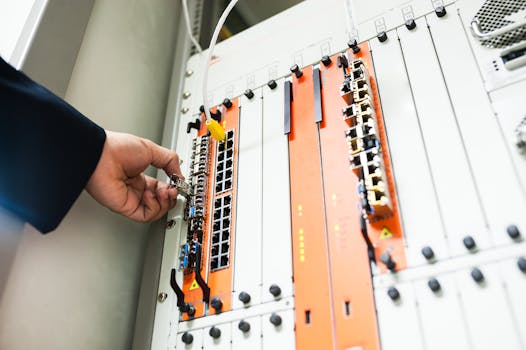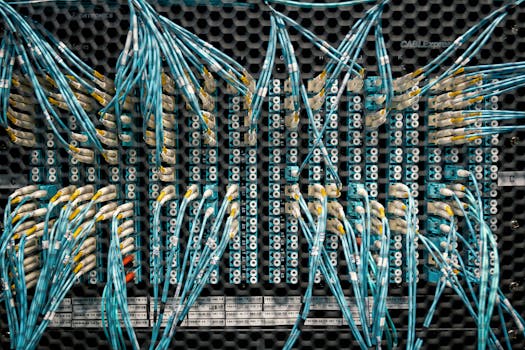
The Rise of Fiber Companies in Africa: Connecting a Continent – Fiber Optics & Connectivity
The Rise of Fiber Companies in Africa: Connecting a Continent, Fiber Optics & Connectivity is revolutionizing the way people live, work, and communicate in Africa. With the proliferation of digital technologies, the demand for high-speed internet connectivity has never been higher. In response, fiber companies have emerged as key players in bridging the digital divide and connecting the continent.
Introduction to Fiber Optics in Africa

Fiber optics have been hailed as a game-changer for Africa’s connectivity landscape. By laying down fiber optic cables, companies are able to provide fast, reliable, and affordable internet access to households, businesses, and institutions. This has opened up new opportunities for economic growth, education, healthcare, and social development.
According to a report by the International Telecommunication Union (ITU), the number of fiber optic subscriptions in Africa has grown significantly over the past decade, with an average annual growth rate of 20%. This growth is driven by increasing demand for high-speed internet, particularly in urban areas, as well as government initiatives to promote digital inclusion.
Key Players in Africa’s Fiber Market

Several companies have emerged as key players in Africa’s fiber market. These include Liquid Telecom, a leading pan-African telecommunications company that has built an extensive fiber network across the continent. Other notable players include MTN, Vodacom, and Telkom, which have all made significant investments in fiber infrastructure.
These companies are driving innovation and competition in the market, leading to improved services and reduced prices for consumers. They are also collaborating with governments and other stakeholders to promote digital literacy and online safety, ensuring that the benefits of fiber connectivity are accessible to all.
Challenges and Opportunities in Africa’s Fiber Market

Despite the rapid growth of Africa’s fiber market, several challenges remain. One of the main obstacles is the high cost of deploying fiber infrastructure, particularly in rural areas where population densities are low and terrain can be difficult. Additionally, regulatory frameworks and policies can be inconsistent, creating uncertainty for investors and operators.
However, these challenges also present opportunities for innovation and collaboration. For example, companies are exploring new technologies, such as wireless fiber and satellite-based connectivity, to reach remote areas. Governments and international organizations are also providing funding and technical assistance to support fiber deployment and digital development.
Conclusion and Future Outlook

In conclusion, the rise of fiber companies in Africa is transforming the continent’s internet landscape and connecting millions of people to the digital economy. While challenges remain, the opportunities for growth, innovation, and collaboration are significant. As Africa continues to urbanize and digitize, the demand for high-speed internet connectivity will only increase, driving further investment and development in the fiber sector.
Looking ahead, it is likely that Africa’s fiber market will continue to evolve, with new technologies and business models emerging to address the unique challenges and opportunities of the continent. By promoting digital inclusion, improving regulatory frameworks, and investing in fiber infrastructure, Africa can unlock its full potential and become a leading player in the global digital economy.
See more:





